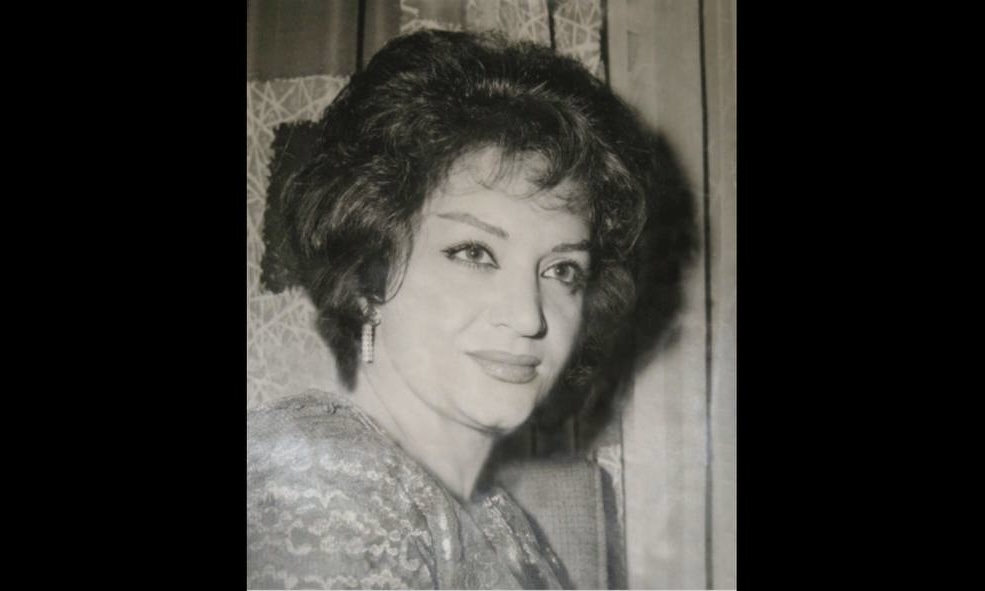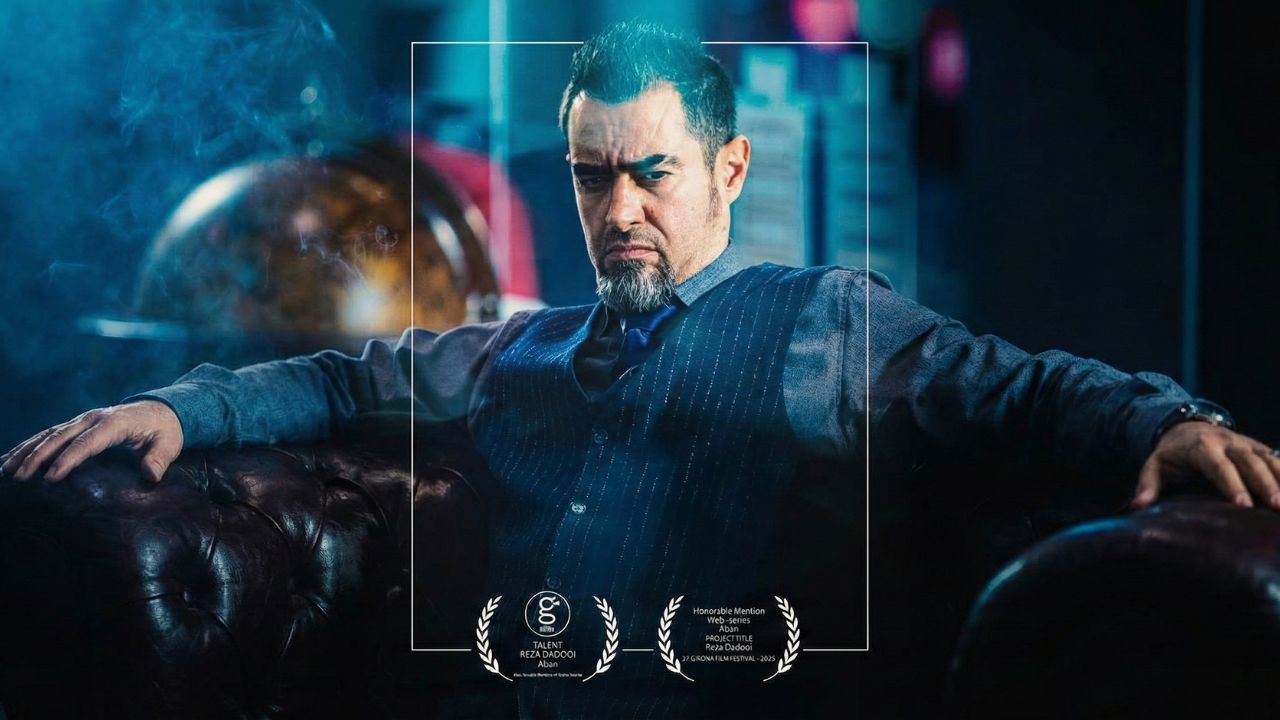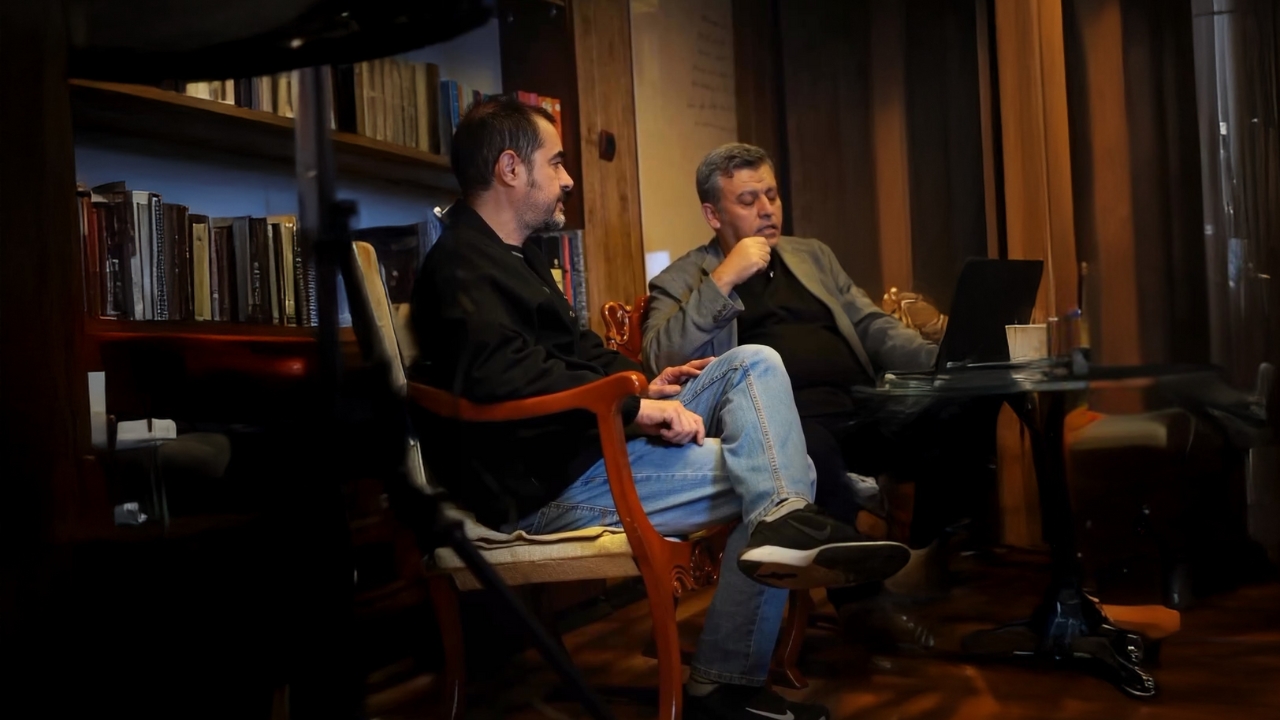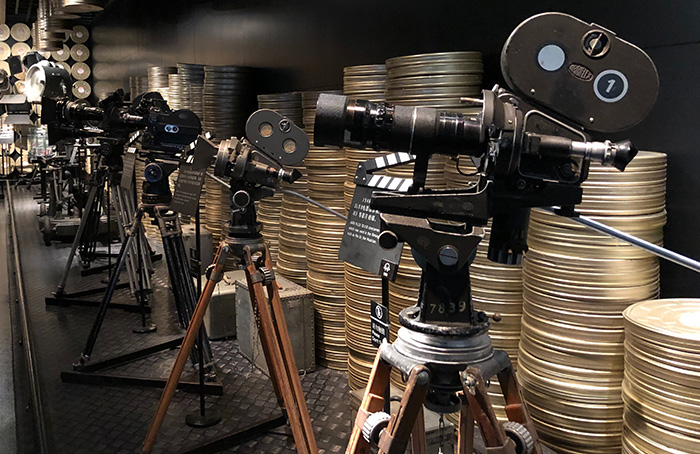
Ghodrat-Zaman Vafadust, known by her stage name Shahla Riahi, was an Iranian actress and filmmaker, born in 1926 in Tehran. She completed her education up to middle school and, at the age of 17, entered Tehran’s theater scene, encouraged and guided by her husband, Esmaeil Riahi, who was passionate about theater. Her first major role was in the play Harun al-Rashid’s Politics, in which she played the lead female character.
With her third and fourth performances, she gained recognition as a beloved actress in the small theater scene of that time. She entered professional cinema in 1951 with the film Golden Dreams, directed by Moezzo-Divan Fekri.
In 1956, Riahi directed Marjan, making history as the first female director in Iranian cinema. The screenplay, written by Dr. Manouchehr Keymaram based on a story by Mohammad Assemi, featured Riahi in the lead female role alongside Mohammad-Ali Jafari. Ahmad Shirazi handled cinematography, shot planning, and editing. Riahi took on the responsibility of securing funding and producing the film herself.
Regarding the film’s production, she later recalled:
“At that time, films were all about action, dance, and other such things. No producer wanted to take responsibility for this film. I read the script and liked it, so with the investment of one of our close acquaintances, I decided to take it on myself and got to work.”
Marjan premiered on September 9, 1956, at Park Khorshid, and Diana cinemas. While it was well received by critics, it failed at the box office. A critic from Setareh Cinema magazine noted that the film did not belong to the commercial Film Farsi tradition and wrote:
“Two beloved artists, Shahla Riahi and Manouchehr Keymaram, stepped away from commercial cinema and the usual constraints of our studios to create this film.”
However, deviating from mainstream formulas and focusing on a female perspective contributed to its commercial failure. Another reason for its poor reception was political opposition—certain writers attacked the film due to their issues with Mohammad-Ali Jafari’s political leanings. Despite Riahi and Jafari’s attempts to defend their work, the backlash ultimately led Riahi to step away from directing. Marjan remained her only film as a director, and she chose to continue her career as an actress instead.
She later explained her decision to leave directing:
“After ‘Marjan’, cinema owners forced me to add a musical and dance sequence to the film to guarantee its success. This disheartened me, and I never directed again.”
Unfortunately, no complete copy of Marjan is available today. However, what is known about the film suggests that it told the story of a young village girl named Marjan. Her father, who had committed theft, was imprisoned by the village schoolteacher. When Marjan visited her father in prison, she met the teacher, and they fell in love. The teacher helped free her father and taught Marjan how to read and write. Then, the village chief, who desired Marjan for himself, sowed doubt in her father’s mind and falsely reported the teacher to authorities, resulting in his reassignment to another location. The teacher asked Marjan to leave the village with him, but she was forced by her father to relocate with her tribe.
Later, Marjan escaped and went to the city in search of the teacher but failed to find him. After a period of wandering, she began working at a hospital, where she eventually encountered the teacher—who was now married and had brought his wife there to give birth. In a moment of despair, Marjan considered harming the teacher’s wife as an act of revenge but ultimately decided against it. She helped deliver the baby and then ended her own life.
The film explores the contrast between rural and urban life, a common theme in Iranian cinema of that era. While Marjan’s journey to the city does not bring her happiness, her story is that of a woman striving for education and independence, resisting forced marriage, and making her own choices. A significant aspect of Marjan is that it places a woman at the center of the narrative, telling the story from her perspective—allowing audiences, for the first time, to see and experience the world through a female protagonist’s eyes.



